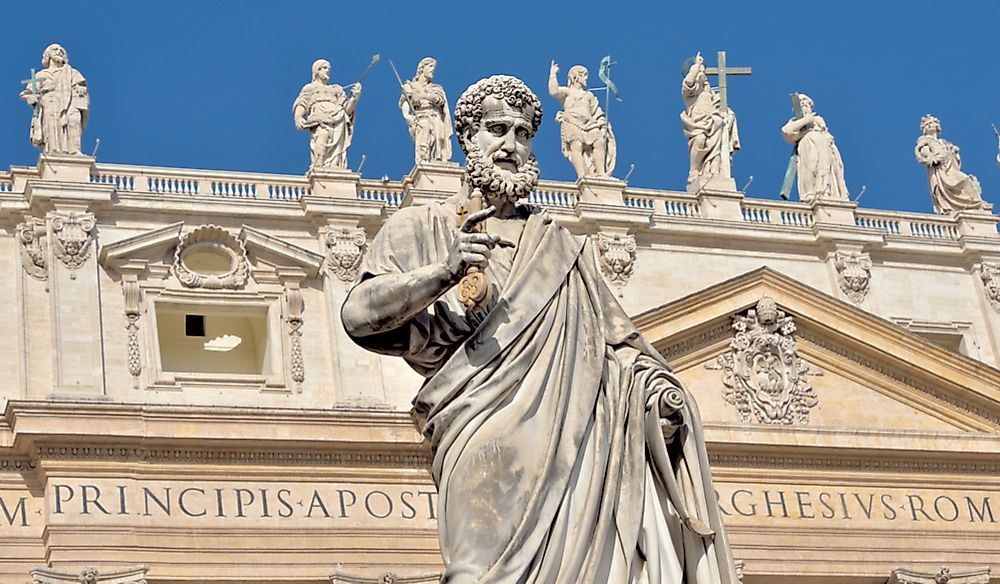What Were the Papal States?

The Papal States were territories in central Italy under the direct rule of the papacy. The states were also known as the State of the Church, the Republic of St Peter, the Pontified States, or the Church States. The papal control of the territory began in the mid-8th century and lasted until 1870 over which the extent of power and the geographical boundaries changed severally. The geographic boundaries of the territories include today's Marche, Lazio, Umbria, and Emilia-Romagna.
Origin of the Papal States
In the 4th century, the bishops of Rome and the Catholic Church acquired lands around the city and governed them as the Patrimony of St Peter. In the early 5th century, the Roman Western Empire collapsed, and the Eastern Empire was weakened such that it could not control the entire territory. The population turned to the Catholic Church and the popes for protection and aid. Immigrants began settling on the land acquired by the church around Rome because it was much safer compared to other parts of the Roman Empire. In the 8th century, the Roman Eastern Empire could no longer protect Italy from invaders prompting Pope Gregory II to break ranks with the empire. Pope Gregory III succeeded the former and established a self-control rule in all lands owned by the Catholic Church thus creating the Papal States.
Papal States throughout the Middle Ages
The Papal States managed to remain calm and peaceful over the next few centuries as the rest of Europe experienced volatile political tensions. In the 9th century, the Carolingian empire collapsed and the papacy came under the control of wealthy Romans. In the early 12th century, regional governments began to form in Italy. Although the Catholic popes tried not to interfere, the governments forming in papal territory became problematic and led revolts in the mid-12th century. Despite the turbulence, the Republic of St Peters continued to thrive. The papal claims to the Papal States weakened in the 14th century as the popes no longer resided in Italy. The situation worsened when rival groups of popes sought to run the states from both Rome and Avignon.
Decline of the Papal States
Secularism spreading across Europe finally reached Italy and began chipping away parts of the papal territory. The Napoleonic Wars and the French Revolution had resulted in political instability and tension in the states, and the citizenry no longer had faith in the Catholic Church for protection. In the 19th century, leaders across the country to unify the nation and the Papal States were annexed and placed under the control of Italy. In 1817, Italy successfully annexed the papal territory ending the existence of the Papal States. The Catholic Church and the popes were left in a temporal limbo. In 1929, the Lateran Treaty established Vatican City in Rome as an independent state under the control of the pope.











